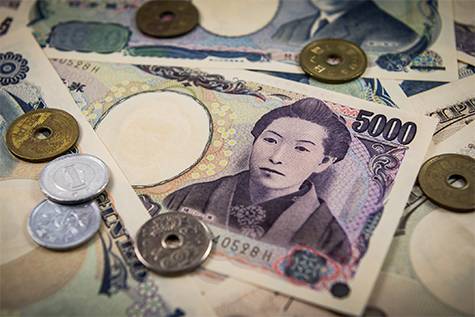The Japanese yen rose in Asian trading on Friday against a basket of major and minor currencies, beginning to recover after two days of losses against the U.S. dollar. The rebound followed the release of strong household spending data in Japan, renewing hopes for solid growth in the world’s third-largest economy.
Household spending surged in May at the fastest pace in nearly three years, boosting optimism for a rebound in domestic consumption, even as U.S. tariffs continue to weigh on sentiment and economic momentum.
The Price
The dollar fell 0.25% against the yen to ¥144.57, down from the day’s opening level of ¥144.91. The session high was ¥144.97.
On Thursday, the yen had lost 0.9% against the dollar, marking its second consecutive daily decline and touching a one-week low of ¥145.23 following stronger-than-expected U.S. employment data.
Jump in Japanese Household Spending
Data released Friday in Tokyo showed household spending in Japan rose by 4.7% year-over-year in May — the fastest increase since August 2022 — well above market expectations of a 1.3% rise. In April, spending had declined 0.1%.
A Ministry of Internal Affairs official attributed the better-than-expected figures to increased outlays on one-off items such as auto-related products and dining out.
The official added that the three-month moving average of household spending has been positive since last December, signaling a recovery in consumption.
Spending and wage trends remain key indicators the Bank of Japan monitors to assess the strength of the economy and to determine the timing of future interest rate hikes.
Strong wage growth is seen as essential to offset surging living costs fueled by inflation.
Japanese companies have agreed to raise wages by 5.25% this year, the biggest annual pay hike in 34 years, according to labor union confederation Rengo on Thursday.
Yutaro Suzuki, an economist at Daiwa Securities, noted that with the yen appreciating and crude oil prices trending lower, real wages are expected to turn positive year-over-year in the second half of 2025 as inflation slows — paving the way for a gradual recovery in consumer spending.
Rate Hike Expectations
Following the data, market pricing for a potential 25-basis-point rate hike by the Bank of Japan at its July meeting rose from 40% to 45%.
Investors now await further data on inflation, unemployment, and wage growth to reassess the likelihood of a rate move.


